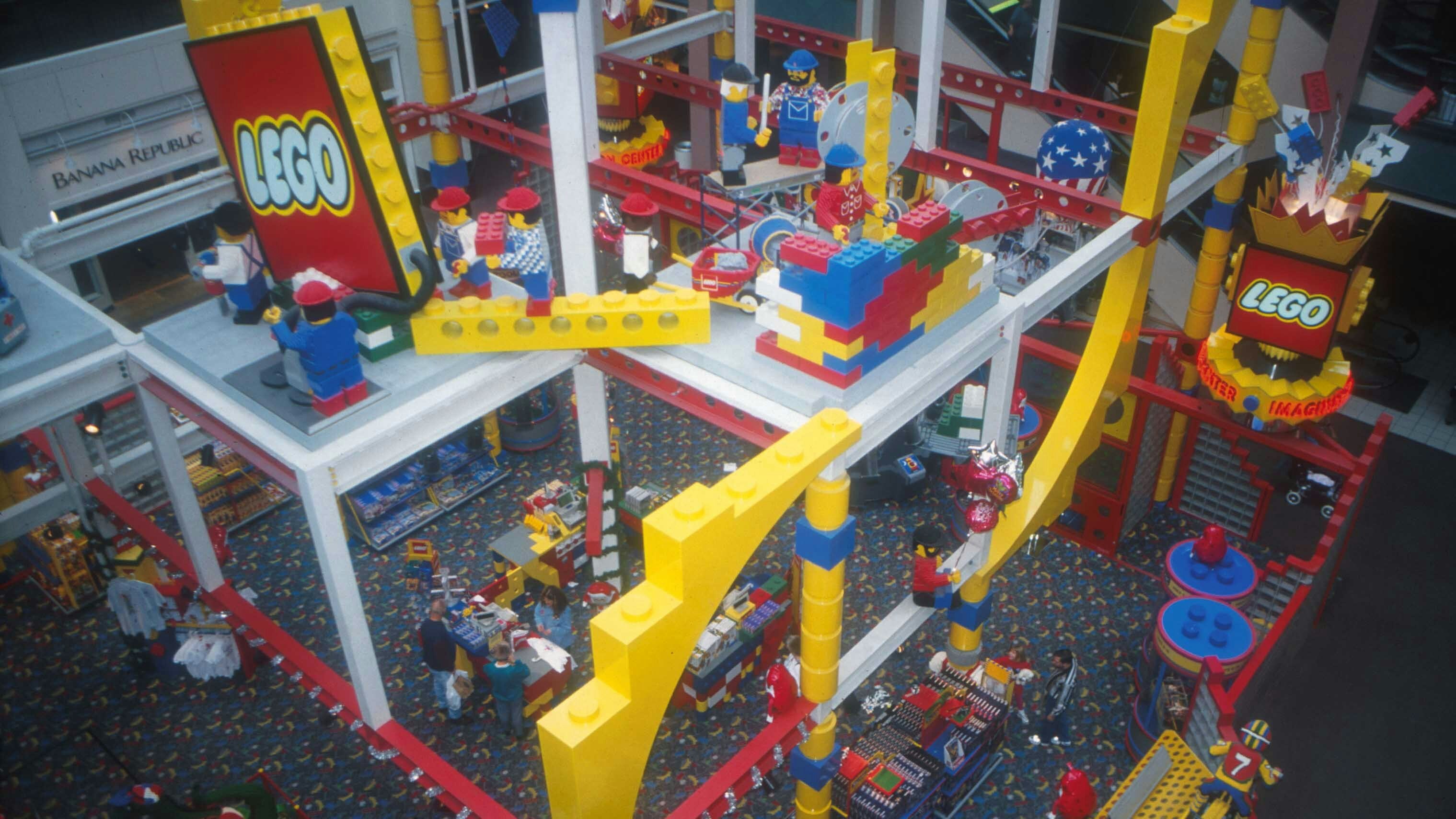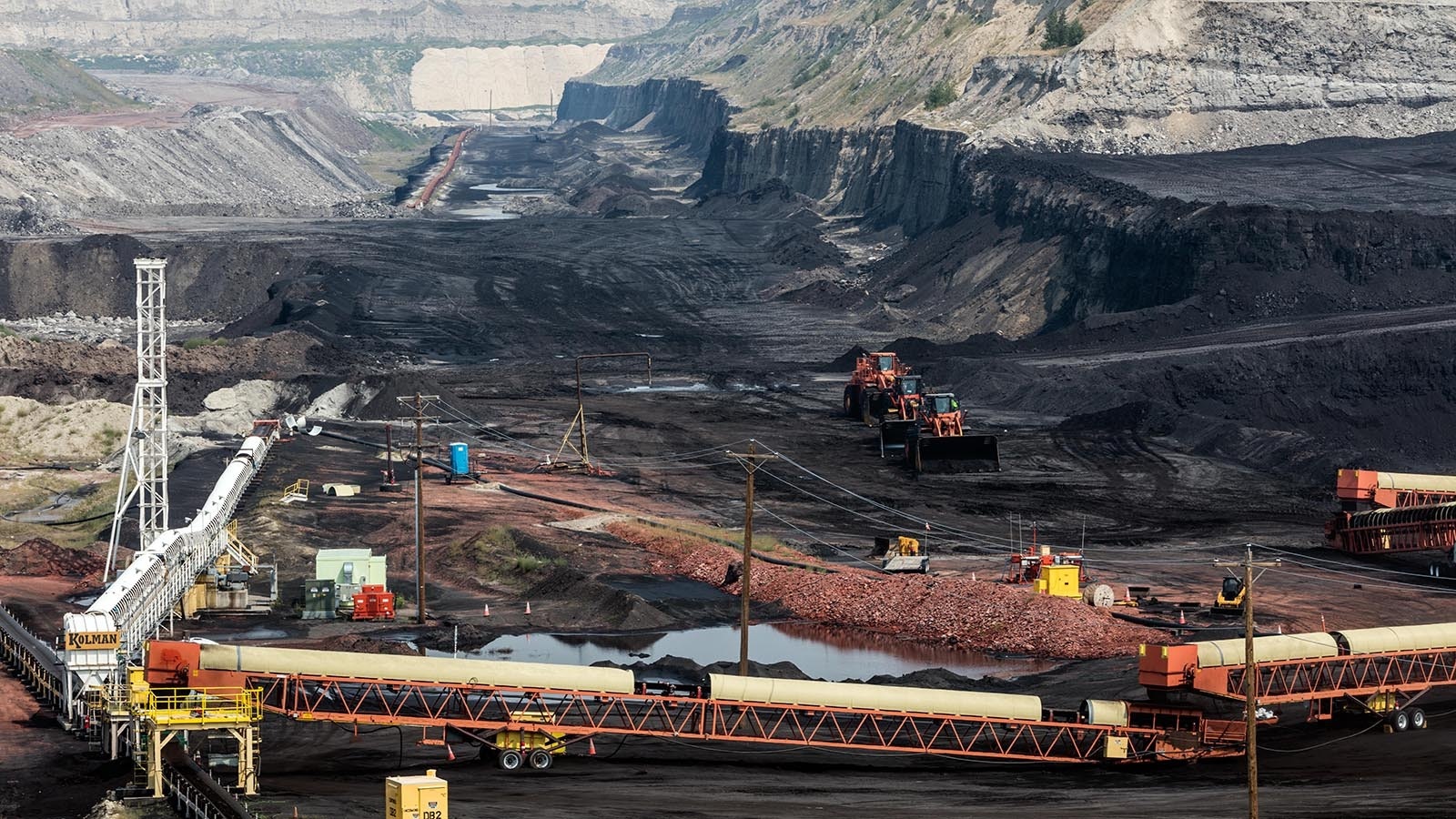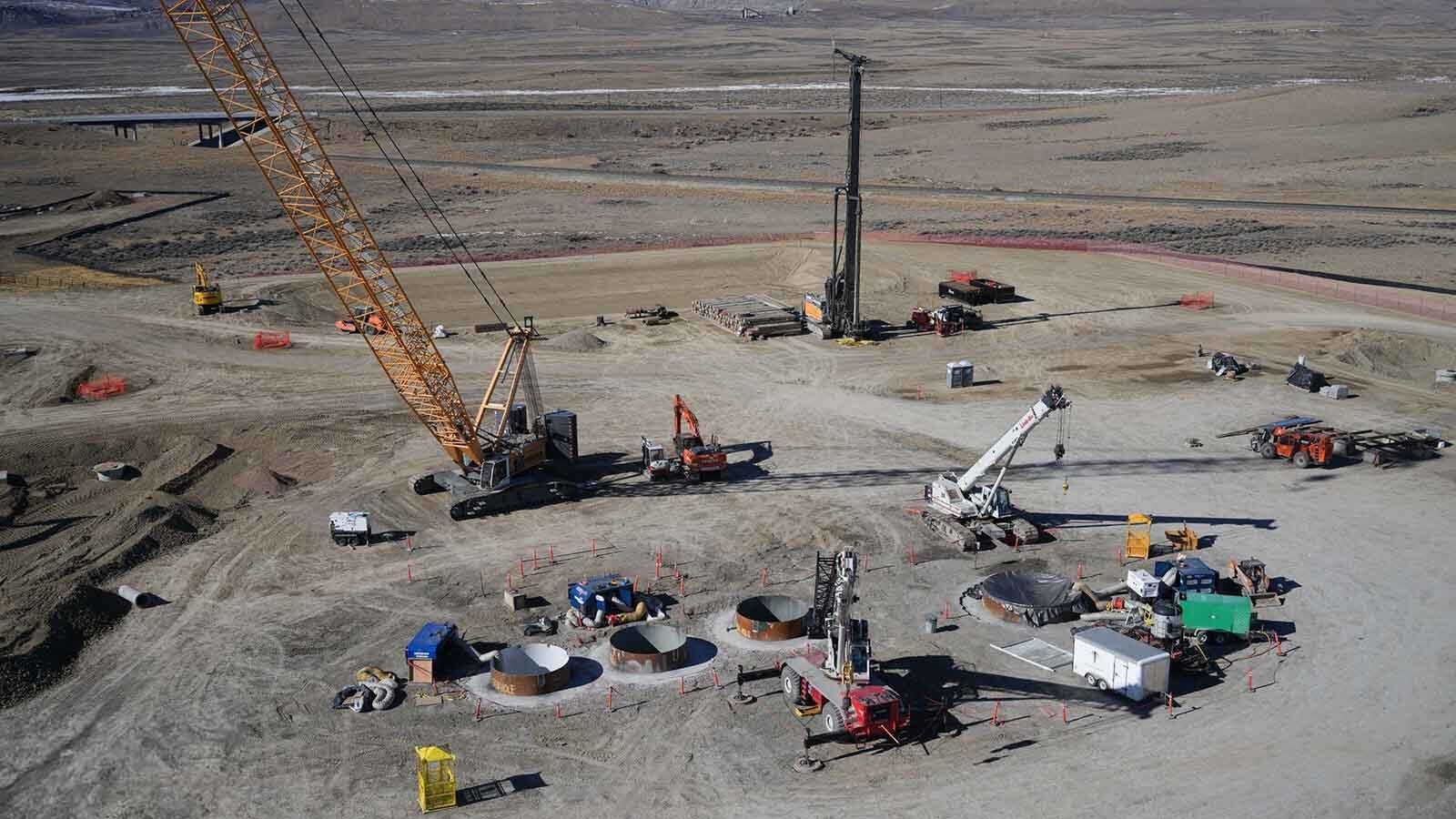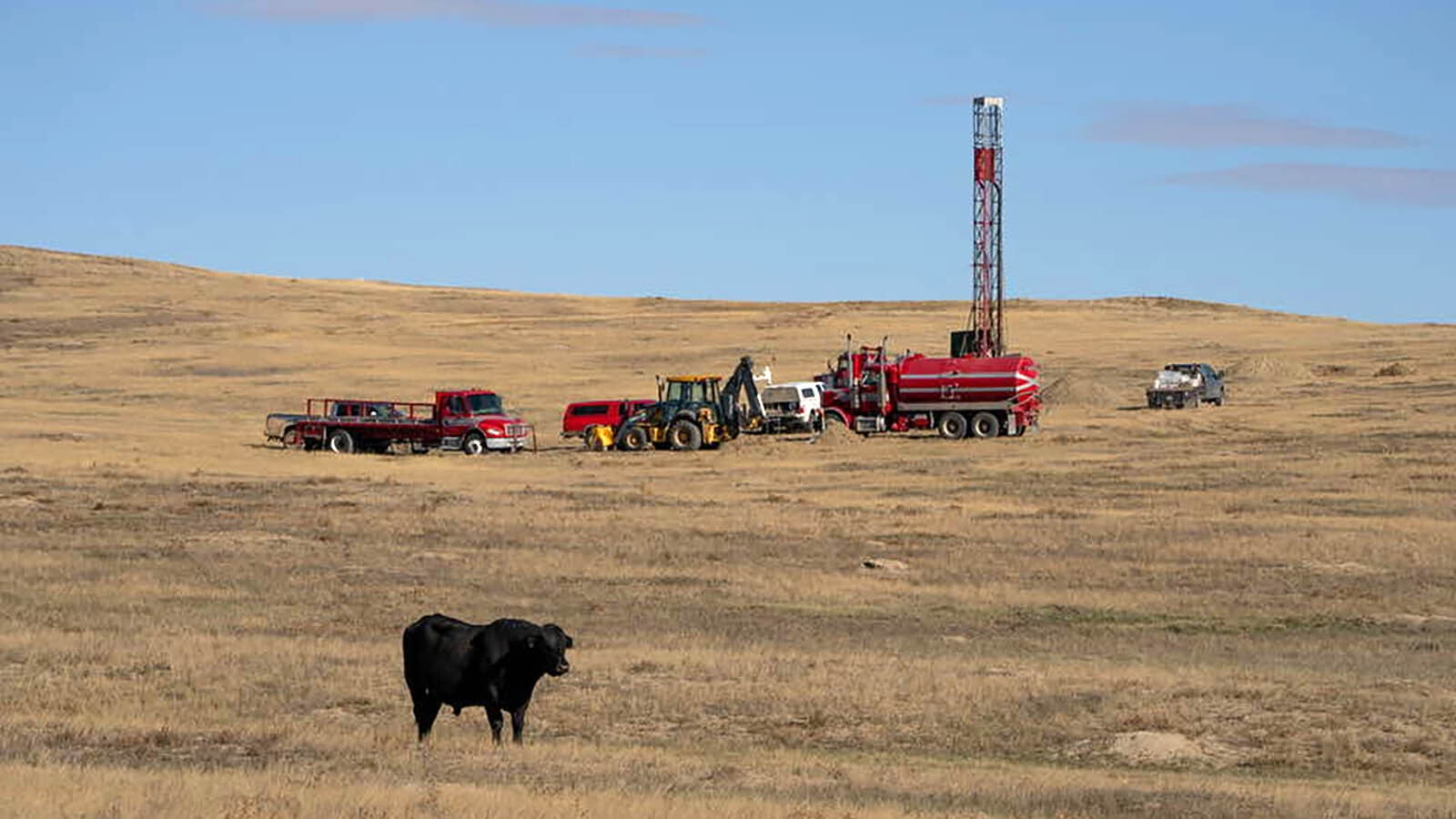Legos have been a popular toy across multiple generations of kids. The company began producing its signature interlocking plastic bricks in 1949, which have brought hours of building joy and excruciating pain for those in bare feet.
Much of the company’s plastics are made from petroleum, and in an effort to be more sustainable, the company pursued making its bricks out of recycled plastics. The company discovered, however, that would actually lead to higher carbon emissions.
Transparent Effort
The company announced in 2021 that it was testing a type of brick from recycled plastic bottles.
According to the the Financial Times, 80% of the company’s bricks are made from acrylonitrile butadiene styrene (ABS), and it was hoping to use recycled polyethylene terephthalate (RPET).
The company told Financial Times that RPET needed extra ingredients to give it similar safety and durability, and it used a lot of energy to process and dry it.
Patrick Krieger, vice president of sustainability for the Plastics Industry Association, told Cowboy State Daily that Lego, in its efforts to achieve greater sustainability, has been very transparent about the process.
“It’s not easy to do your R&D [research and development], which invariably includes both successes and failures, in public, because you get armchair quarterbacks telling them they should have done things differently,” Krieger said.
Krieger said the company has invested a lot of money in exploring and consideringdifferent new materials.
New Equipment
Krieger said that the challenge from switching from ABS to RPET is that it requires a significant change to its operations. He said RPET is heavier than ABS, so Lego would be using more material to make the same amount of product.
The RPET also needs to be dried and kept dry through the process, and there are finishing processes that don’t have to be done with ABS. That means installing heaters and dryers into their system.
All that extra equipment contains a carbon footprint of its own, as does the extra energy for the dryers.
Shrinkage
Krieger said that when plastics are molded into a shape, there is shrinkage afterwards. The RPET shrinks at different rates than the ABS.
As anyone who has played with Legos knows, they have to interlock together. So, all the company’s equipment has to be calibrated so that the shrunken, finished product still connects together solidly. To make all those different plastic bricks and pieces interconnect with a new material would mean retooling a lot of equipment.
“Can you imagine how many molds they have? That’s why this is such a challenge,” Krieger said.
Krieger said that, all things being equal, moving to recycled plastic content will produce about a 60% reduction in global warming potential.
“The challenge is that they [Lego] were just trying to change too many things at the same time for the process to work,” Krieger said.
Push The Agenda
Rep. John Bear, R-Gillette, told Cowboy State Daily that it was commendable for a company like Lego to admit that a particular green initiative wasn’t going to work.
What’s often referred to as “greenwashing,” companies take credit for achieving better sustainability or carbon dioxide reductions, even when their actions aren’t producing the gains they claim.
“It clearly comes from an effort to push the agenda, regardless of science,” Bear said.
Bear pointed to what happened in Sri Lanka as an example where agendas failed to produce results. In 2022, the Asian country tried to move to 100% organic farming, which resulted in a catastrophic collapse of the country’s entire agriculture industry.
Despite the failure, the organic industry continues to insist that mandated organic farming had nothing to do with what happened.
Bear said that a lot of green initiatives are mandated before anyone knows exactly if or how they’ll work.
“It’s like jumping out of an airplane and saying, ‘We’re going to build the best parachute ever. It’s going to be a beautiful parachine, better than anything we’ve ever seen. And we’ll get it done before we hit the ground,’” Bear said.
New Technologies
Some of Lego’s sustainability efforts have gone better. According to the Financial Times, it switched from petroleum-based plastics to plant-based plastics in about 20 pieces, including trees and bushes, but that material doesn’t work well for the harder pieces.
Krieger said that Lego chose ABS because it was the perfect material for its toys.
“It’s really hard to find an alternative,” he said.
Krieger said recycled ABS that does work well for the kind of hard plastic the company needs is likely to come from new technologies, such as molecular recycling. This process could produce materials with the physical properties of virgin plastic.
“There are new things that we are doing now that completely break down plastics and make them completely new,” Krieger said.





